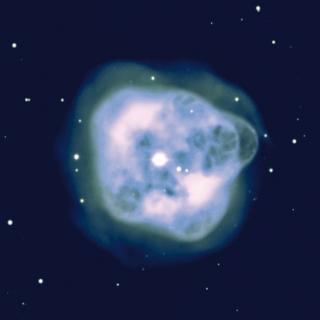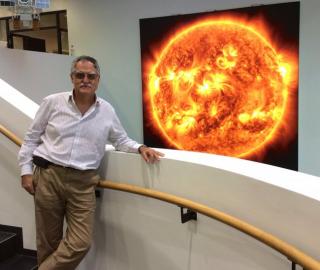
The two discovered stars revolve around each other in an orbit that lasts more than nine years. This research led by the IAC helps to understand how the different types of planetary nebulae originate and how they affect the future of our sun and the Solar System.
Advertised on




